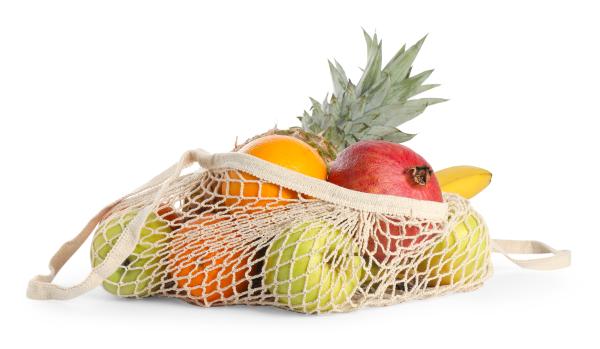All In for All Genders


In August 2019, the New York Times presented an amazing study[1] in the friendship between two Midwest rollerskaters who can only be described as genderqueer or gender non-binary.
The truly wondrous thing about the article — and proof that the gender revolution feminists and LGBTQ people have been championing for decades is firmly underway — is that the gender of the subjects is not mentioned. Their identities are not parsed endlessly for the reader. Instead, we are offered a jubilant, affirming view of friendship via highly saturated colors in an unlikely place. The overall effect is nothing short of breathtaking.
Even the comments are full of celebration, and dare I say it, joy.
Today, youth who identify as a gender different from the one checked off on a birth certificate face a mountain of barriers as they become themselves. Even in families that wholeheartedly embrace their child’s expressed gender, prevailing “wisdom” among many therapists, teachers, clergy and coaches may be dangerously misinformed and destructive to a gender non-binary person’s growth and well-being. Just last week, pop-culture icon Mario Lopez suggested in a public interview that parents who affirm gender variant children’s expression of their genders are engaging in “dangerous” practices.
What exactly does it mean to be all-gender affirming? In 2008, I was a principal researcher for the first National Transgender Discrimination Survey (NTDS). Our findings were published in the groundbreaking book Injustice at Every Turn. At the time, 840 of our 6,500 respondents did not identify as male or female and wrote in 500 distinct identifiers for their genders. Some of my favorites were: gender pirate, mosaic, hybrid, tranarchist, genderfabulist. Many had no desire for hormones or medical intervention. Others found gender-affirming medical procedures essential to their gender journey.
Non binary pronouns/gender variance/transness aren't complicated/ inconvenient, what's complicated/inconvenient is living surrounded by people that acknowledges you by debating you, illegitimizes you, terrorizes and murders you because you don't experience gender the same way.
— MALUCA MALA STAN ACCOUNT (@IndyaMoore) [twitter account since deactivated]
Gender-expansive respondents in the NTDS were largely younger than people in the full sample. They demonstrated both resistance and whimsy in their write-ins, refusing to fit into a gender box created by people and systems with a very rigid gender agenda. While I see many negative posts about gender-expansive kids as being nothing more than “special snowflakes” or privileged, “helicopter-parented” kids, the reality is that genderqueer kids in the study were more often kids of color (Doolady’s best friend in the Times article, Kev, is Black), living in poverty, and bi-identified than respondents who identified as male or female. Far from being “overindulged,” they were often suffering under some of the worst oppression our society dishes out.
Schools, churches, sports teams, youth leadership, and support programs are largely unprepared for our gender-expansive kids. One of the thrilling aspects of the Times piece is Noah‘s creativity and persistence in carving out a space for self-expression, and then also discovering a friend, a genderqueer partner-in-crime, to literally fly all over their small town in the roller skates. I know I was not the only person trying to read through my tears, watching them hold hands and skate across town together. I was likely also not the sole person worrying for them — thinking about the various social, sports, and educational institutions in their future and the “mentors” or “teachers” who will be there to greet them.
Creating safe and affirming youth spaces means we must create policies and practices that serve kids of all genders—those in the binary, and those beyond. So much time, talk, and ink get spent by public officials decrying the cost and the danger of supporting young people like Noah, and here we have such a simple example of how inexpensive and uncomplicated it is. Adults in positions of power simply need to accept gender-expansive kids as they present themselves; find ways to help them connect to peers who love and affirm them; model acceptance; intervene against the myriad systems of violence and rejection that lie in wait for these beautiful kids.
Today, we know what a healthy trans or non-binary childhood and adolescence looks like thanks to grassroots work by thousands of LGBTQ activists, and parents and families of trans and gender non-binary youth over the past three decades. We have strong community-based research, best practices, and good legislation. And despite the many who aren’t informed or affirming, there are some great all-gender affirming therapists, caregivers, teachers, coaches, clergy, and mentors out there. But we still have many mountains to climb.
We must climb them together. The 2017 US Transgender Survey published by National Center for Transgender Equality — just ten years following the original study — found that 8,000 of its 25,000 transgender participants identified as non-binary or gender expansive. I haven’t looked at this data closely, but I am certain that these 8,000 respondents provided us with many more than the 500 genders that were named in 2008.
This should be a source of joy for all of us because, unlike the childhoods LGBTQ people in my generation survived, this generation of trans and gender-expansive young people are claiming and naming themselves at much younger ages. Together, we must carve innovative pathways through the many institutions that encumber and thwart our youth. Get ready. Noah and Kev deserve nothing less than an all-out, all-gender celebration.
Reference
1. The Secret to Having the Best Summer Ever; In Missouri, it’s friendship and roller skates. By Jacob Moscovitch. Aug. 1, 2019
https://www.nytimes.com/interactive/2019/08/01/arts/best-summer-friends.html








